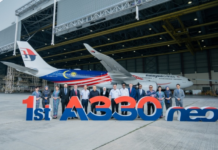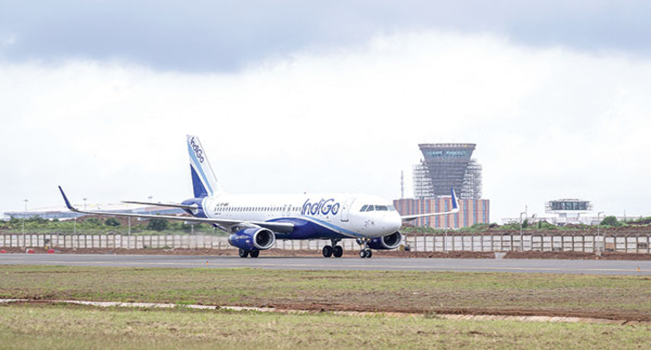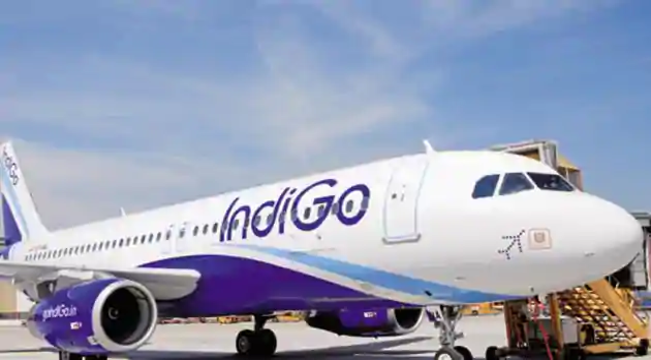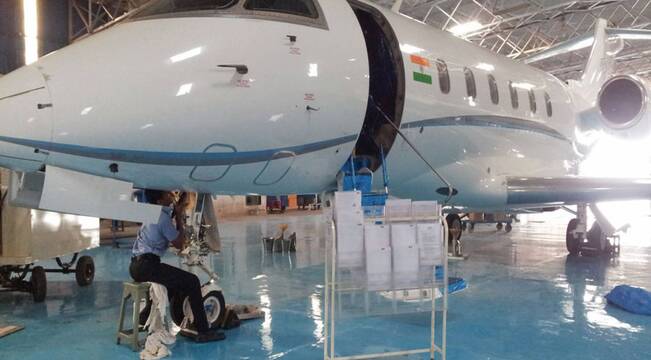New Delhi, October 12, 2023 : The U.S. Army has selected Sierra Nevada Corp. to provide two contractor-owned, contractor-operated intelligence, surveillance and reconnaissance aircraft as part of a prototyping effort ahead of fielding a high-altitude ISR fleet.
Sierra Nevada’s Rapcon-X offer won the contest for the Army Theater Level High Altitude Expeditionary Next ISR-Sensor (Athena-S), which will field the small fleet of Bombardier Global 6500s outfitted with radars and sensors. Athena-S follows the March award of Athena-R to MAG Aerospace and L3Harris.
Athena will help set the requirements for the future High Accuracy Detection and Exploitation System (HADES) package of sensors, which will be outfitted on a fleet of more than a dozen Global 6500s to serve the flying ISR mission the Army previously performed with its RC-12 Guardrail fleet.
The Army awarded SNC the contract on Sept. 28 and it is still in a potential protest period, says Rodney Davis, the Army’s acting program executive officer for aviation. Under the award, aircraft will take about a year to begin flying and SNC is “incentivized to get it done as soon as possible,” Davis told reporters Oct. 10 at the Association of the United States Army’s annual meeting in Washington.
SNC started its process for the program in 2021, when CEO Fatih Ozmen agreed to buy Global 6500s to start the Rapcon-X effort as a bet for the Army’s future ISR needs, says Joshua Walsh, SNC’s vice president of programs for mission solutions and technologies.
SNC has spent about $280 million of its own money to design Rapcon-X. The two aircraft have been in modification at the company’s Hagerstown, Maryland, facility ahead of a potential award. Rapcon stands for “rapidly configurable,” and the company says it is designed for easy modifications as a way to ensure it can stay relevant for future missions.
“We believe our Rapcon-X design provides the Army a unique capability to ensure future proofing,” Walsh tells Aerospace DAILY. “We believe our technical solution set us apart, and certainly the commitment made by our owners.”
SNC competed for Athena-R. Tim Harper, the company’s senior director of business development for Mission Solutions and Technologies, says the aircraft has not changed since that decision, but the company instead adjusted its pitch to the Army based on the service’s feedback.
“We’ve got the best-of-breed technology on the aircraft right now, and the way it’s designed we can accept the next-best-of-breed,” Harper says.
For the Athena offering, SNC procured Leonardo Osprey 50 Active Electronically Scanned Array radars that can be affixed to a large canoe under the airframe. The company is installing a thin satellite communications system on top of the aircraft, capable of 400 to 1,000 mbps of data from satellites in low, medium and geosynchronous Earth orbit. The system is set for Ka-band frequencies and can be adjusted to Ku-band. SNC is outfitting the aircraft with displays at workstations for sensors and radars, along with mission racks and crew bunks. according to the reports published in aviationweek.com .
Athena follows similar contractor-owned, contractor-operated aircraft—the Leidos-owned Bombardier Challenger 650 called the Airborne Reconnaissance and Targeting Exploitation Multi-Mission Intelligence System (Artemis), and the L3Harris Airborne Reconnaissance and Electronic Warfare System (ARES), which is a Bombardier Global 6000.

































